The first impression after unpacking was a bit sobering. Due to its all-plastic casing and its low weight of only 879 grams, the X5 namely looks much less valuable than it actually is and raises the first questions regarding its price of over 300 Euros. It hardly differs from a cheap DAC/headphone amplifier, which can also be purchased much cheaper. It could have been aluminum, or a hybrid mixture of better injection molding (brush style) and a light metal front.
With its dimensions of 216 x 170 x 72 mm, the Sound Blaster X5 is at least larger than any other external sound card in Creative’s range. Its size allows it to be paired with other audio devices, such as dedicated headphone amplifiers. Pictured above is the Sound Blaster X5 paired with the HIFIMAN EF400, my favorite DAC with a brute headphone amp that can push even magnetostats to their limits. The front of the Sound Blaster X5 is quite densely populated. Here you’ll find an almost bewildering array of buttons, switches, and knobs, as well as a monochrome LED display that shows information such as volume, playback format, output selection, selected equalizer setting, and Bluetooth status. Only the on/off switch and the large volume control have an integrated LED.
And now there’s some chaffing, because the labels on the buttons and knobs are very difficult to almost impossible to read in anything other than direct light! Yes, man is a creature of habit and after some trial & error you will eventually have memorized that as well. The switch for headphones/speakers, the selection of the equalizer profile or the mute button for the microphone sink into dark nothingness. Creative really should have found a better solution here: Either a color scheme for the Sound Blaster X5’s front panel with much more contrast, or better yet, LED backlighting for all buttons. In any case, such a thing cannot be explained with costs, only with a certain arrogance of the designers.
On the left, you’ll find the Bluetooth pairing button, a microphone mute button (hooray, because it glows red when the microphone is muted), a display selection button, a microphone gain control (-96 to +9 dB), and a headphone gain switch with two settings: Normal and High. On the right, you then see a headphone/speaker toggle switch, a Direct Mode/DSP Mode button, an EQ selection button (it only works when Direct Mode is not active), a PC/Console switch, and three audio connectors: The 3.5 mm microphone input and an unbalanced headphone output, as well as a balanced 4.4 mm headphone output, which would be one of the real selling points for me. On the far right is a large volume knob that controls both the headphone outputs and the analog audio output on the back.
The rear panel of the Creative Sound Blaster X5 has two analog RCA line outputs, two RCA line inputs, an optical (TOSLINK) output and input, and two USB ports: USB-C and USB Type-A. The USB-C port is used to power the sound card and connect it to sound sources – your Windows or macOS PC or PlayStation 4/PlayStation 5 consoles. The USB Type-A port is particularly interesting. It serves as a host port for external USB speakers, headsets, microphones, and even wireless audio transmission devices, such as Creative’s own BT-W3 and BT-W4. You can output audio to connected devices via a direct USB connection to the sound card and apply all of the sound card’s sound processing features, including equalizer profiles, to the connected device. The USB Type-A host port supports 5V / 100mA audio class devices, regardless of manufacturer.
Creative provides a good overview in the manual, which nicely explains what you could connect to the Sound Blaster X5 where and how. As far as the connectivity of the sound card is concerned, it’s all absolutely fine, as it’s equipped with every input and output imaginable. However, if you want to use a 5.1 or 7.1 speaker system, you’re on the wrong road here, because unfortunately that won’t happen. But you can’t have everything.
I’ll also save the detailed explanation of all the connections and cables, because the Quick Start Guide, as just mentioned, can do that much better:
Sound Blaster X5 Quick Start Guide Rev B















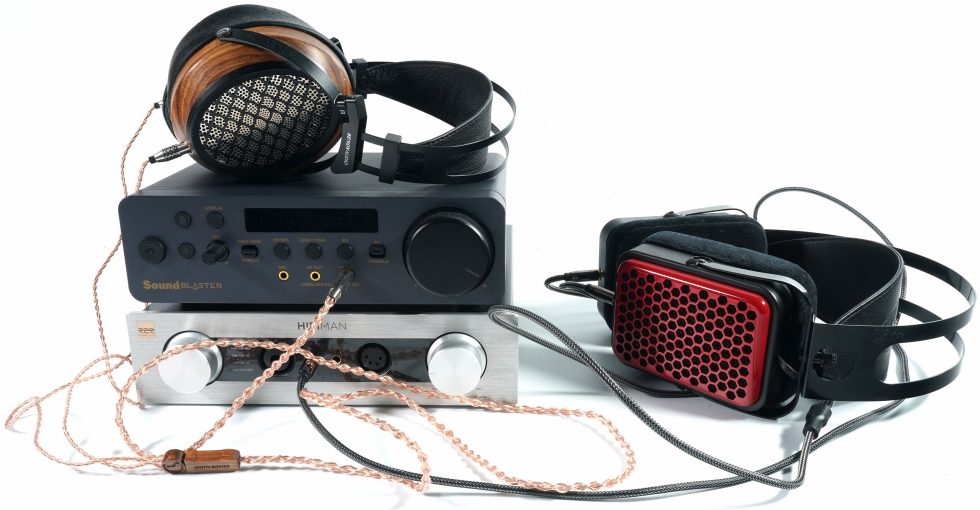
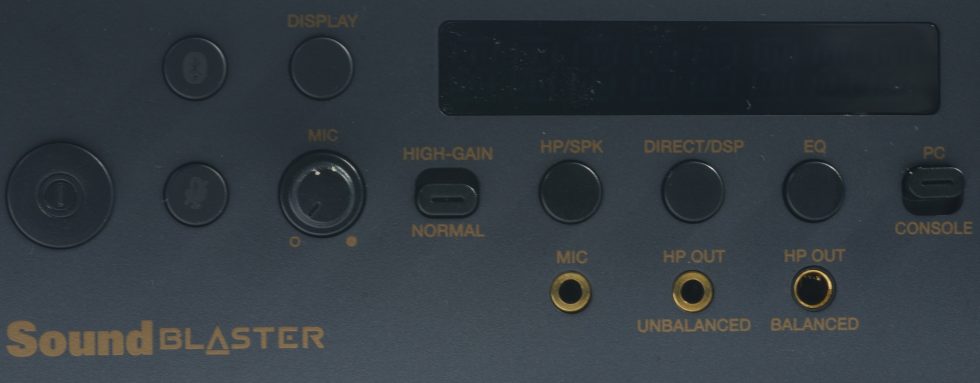
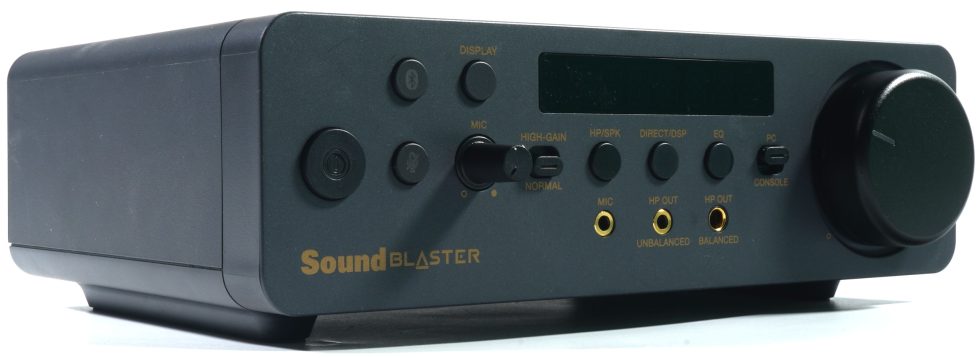
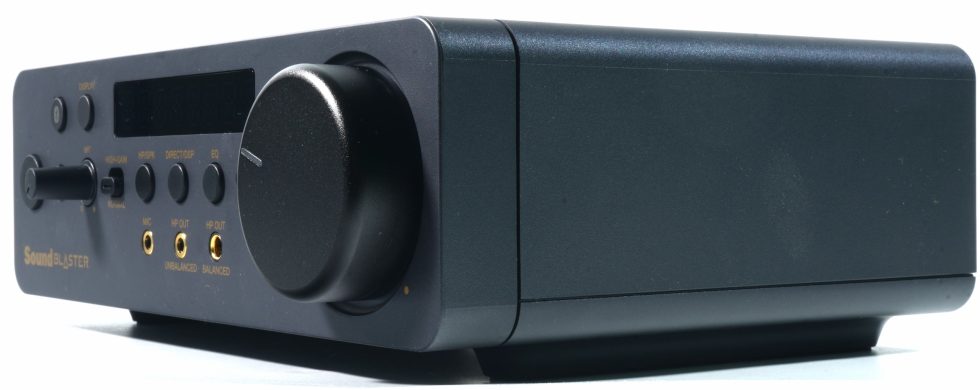
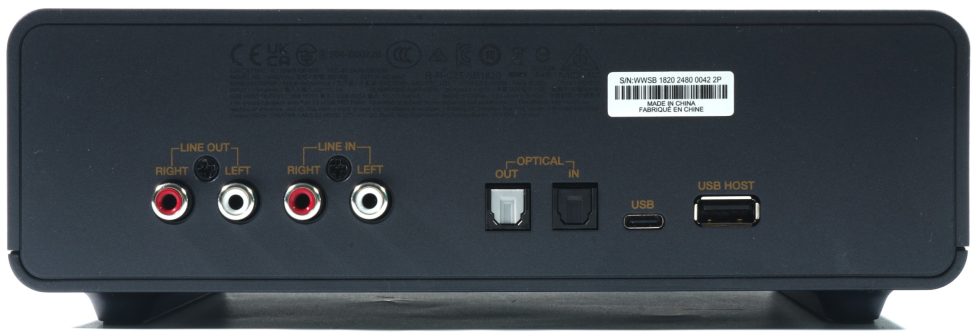





















59 Antworten
Kommentar
Lade neue Kommentare
Veteran
Urgestein
Urgestein
Mitglied
1
1
Mitglied
Mitglied
Urgestein
Urgestein
Mitglied
Mitglied
Urgestein
Mitglied
Urgestein
Urgestein
Urgestein
Urgestein
Urgestein
Alle Kommentare lesen unter igor´sLAB Community →